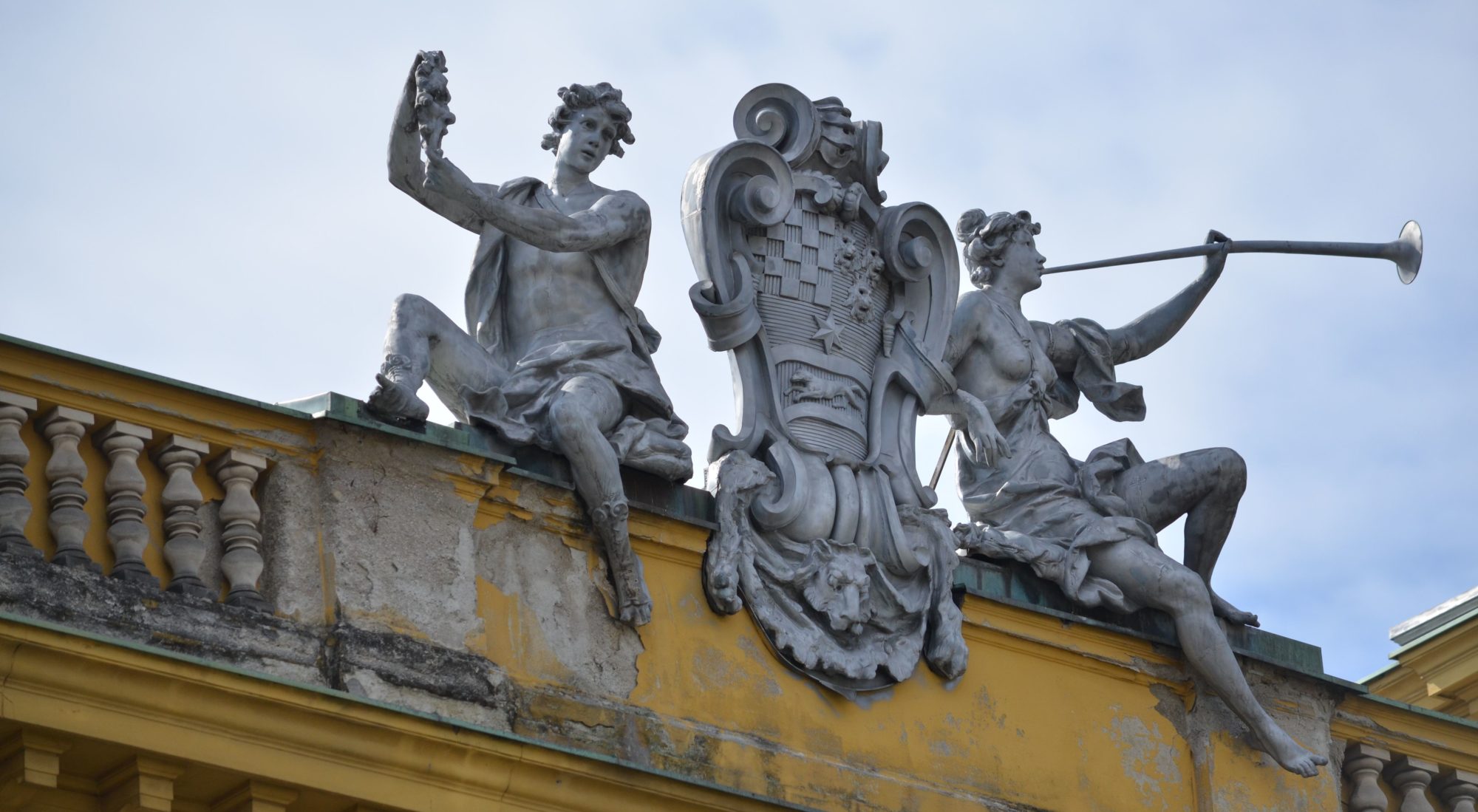Research field 01 – PAINTING
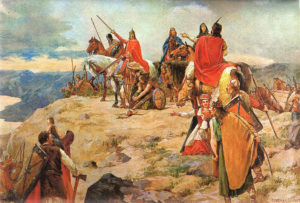
From an exceptionally large corpus of 19th- and 20th-century painting, research will comprise only those segments that most clearly demonstrate links to the state regime: portraits of monarchs and other public officials (primarily military officers and officials employed at various governmental bodies and institutions), and historical painting as the most ideologized segment within this corpus.
M. Bregovac Pisk will research portraits of monarchs, while research of the history of Croatian history painting will be the focus of the doctoral student I. Kokeza. The period after the First World War until today will primarily be of research interest to Z. Maković, P. Počanić (commissions for public institutions), L. Magaš Bilandžić, F. Dulibić, and S. Bulimbašić.
Research field 02 – GRAPHIC ARTS, DRAWING, GRAPHIC DESIGN AND PHOTOGRAPHY
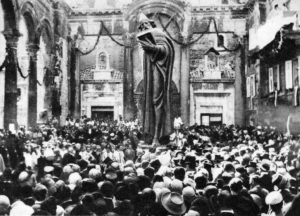
Research into drawings, graphic arts, graphic design and photography will be carried out principally by F. Dulibić, L. Magaš Bilandžić and S. Bulimbašić. Within the corpus of this art production attention will be given to those segments that clearly demonstrate state influences (cartoons, graphic design and photography as a tool of state propaganda etc.).
Research field 03 – PUBLIC SCULPTURE
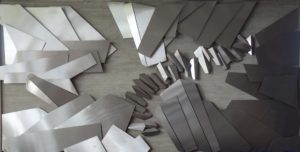
State-commissioned public sculpture will be the central topic in the research of Z. Maković and to a lesser extent of P. Počanić. Maković, who will focus on 20th-century sculpture, the works produced as monuments in socialist/communist Yugoslavia, foremost those dedicated to the People’s Liberation Struggle, in other words, antifascism. In addition to memorial and aesthetic aspects, these sculptures had propagandistic effects with which the then regime attempted to strengthen its position and ideological discourse. P. Počanić’s research interests partly belong to this objective since she will explore sculpture as part of public buildings furnishing campaigns.
Research filed 04 – ARCHITECTURE AND FURNISHING OF PUBLIC BUILDINGS
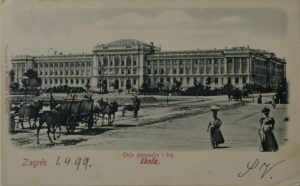 Among all types of art production, the most dependent on the state and governing bodies is without any doubt architecture. The construction of new buildings, financial support of church and residential buildings and complexes, state-issued regulations on the construction and urban design of cities and villages, monument protection and conservation, the construction of infrastructure were (and have been) strictly standardized through different laws and regulations. Architectural history and furnishing campaigns of public buildings will be the main research focus of D. Damjanović, S. Zadro and P. Počanić and to a lesser degree of L. Magaš Bilandžić and I. Kokeza.
Among all types of art production, the most dependent on the state and governing bodies is without any doubt architecture. The construction of new buildings, financial support of church and residential buildings and complexes, state-issued regulations on the construction and urban design of cities and villages, monument protection and conservation, the construction of infrastructure were (and have been) strictly standardized through different laws and regulations. Architectural history and furnishing campaigns of public buildings will be the main research focus of D. Damjanović, S. Zadro and P. Počanić and to a lesser degree of L. Magaš Bilandžić and I. Kokeza.
Research filed 05 – EDUCATION

Influences of state education policies on teaching and learning about visual arts and art history in Croatia at different levels of education and through different aspects and contexts will be explored by J. Nestić and J. Alviž. The aim of their research is principally to determine the institutionalization of art history teaching at Croatian universities by taking the Faculty of Philosophy/Humanities and Social Sciences in Zagreb as their case study.
Furthermore, in terms of research of the history of visual arts education in Croatian secondary schools (J. Nestić), the aim is to define the context in which the subject of Visual Arts was introduced into grammar schools in Croatia (1960s), specific topics related to visual arts that had hitherto been covered in the curricula of other subjects, and influences of state administration, political and historical circumstances on the changes of the teaching content of the subject.
These two researchers will also focus on the influences of the external assessment of education and the General Certificate of Education in Visual Arts and on the learning and teaching process related to the subject and its valorisation in the Croatian education system. Additionally, they will analyse international forms of external education assessment in the cases of secondary school subjects similar or related to Visual Arts. The two researchers will especially be focused on the past and present education policies and the impact of political and historical contexts on formal education in Croatia (with an emphasis of the subject of Visual Arts).
Research field 06 – MUSEUM ACQUISITION AND CONSERVATION OF ART

State policies and the acquisition of artworks for public museums and other institutions will be researched by J. Najcer Sabljak and S. Lučevnjak. The emphasis will be placed on the collection of Slavonian museums after the Second World War and investigations of the formation of national and regional canons in the field of visual arts and artistic heritage. The research will comprise various types of acquisition such as donation or purchase of art works, which helped to form museum collections, especially the state policies regarding the acquisition after 1945, which was carried out by KOMZA (Commission for the Collection and Care of Cultural Monuments and Antiquities), the governmental body forming part of the Ministry of Education that was active from 1945 to 1954 within the then National Institute for the Protection of Cultural Monuments (1945 – 1946) and, later, the Croatian Conservation Institute (1946 – 1967).
Research field 07 – MUSEUM AND ART ORGANISATIONS
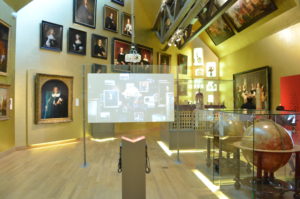 Relationships between cultural politics and policies on communication and management strategies of cultural institutions /organisations in the context of (inter)national development guidelines will be largely researched by Ž. Miklošević, and partly by L. Magaš Bilandžić and P. Počanić. This goal is primarily related to the practices of using creative industries and audience development in museum institutions, which will be examined in terms of the contemporary social and economic usability and responsibility of art and culture in general. In terms of that, the political and economic guidelines of the European Union in the arts and culture sector exerts influence of the formation of cultural politics and policies in Croatia. Ž. Miklošević will base her researcher of this topic on documents, museum communication practices and perception of art and museum-related activities by different audiences.
Relationships between cultural politics and policies on communication and management strategies of cultural institutions /organisations in the context of (inter)national development guidelines will be largely researched by Ž. Miklošević, and partly by L. Magaš Bilandžić and P. Počanić. This goal is primarily related to the practices of using creative industries and audience development in museum institutions, which will be examined in terms of the contemporary social and economic usability and responsibility of art and culture in general. In terms of that, the political and economic guidelines of the European Union in the arts and culture sector exerts influence of the formation of cultural politics and policies in Croatia. Ž. Miklošević will base her researcher of this topic on documents, museum communication practices and perception of art and museum-related activities by different audiences.
Within this field, L. Magaš Bilandžić will explore the use of exhibitions as media for the establishment and reinforcement of international links with the international community, elaboration of ideologies and promotion of desired patterns and values – both at the visual (formal) and ideological level (content). Doctoral student P. Počanić will touch upon this topic in her research on public building furnishing campaigns and the role of the state in exhibitions that served as platforms for state-funded acquisitioning of art works.
